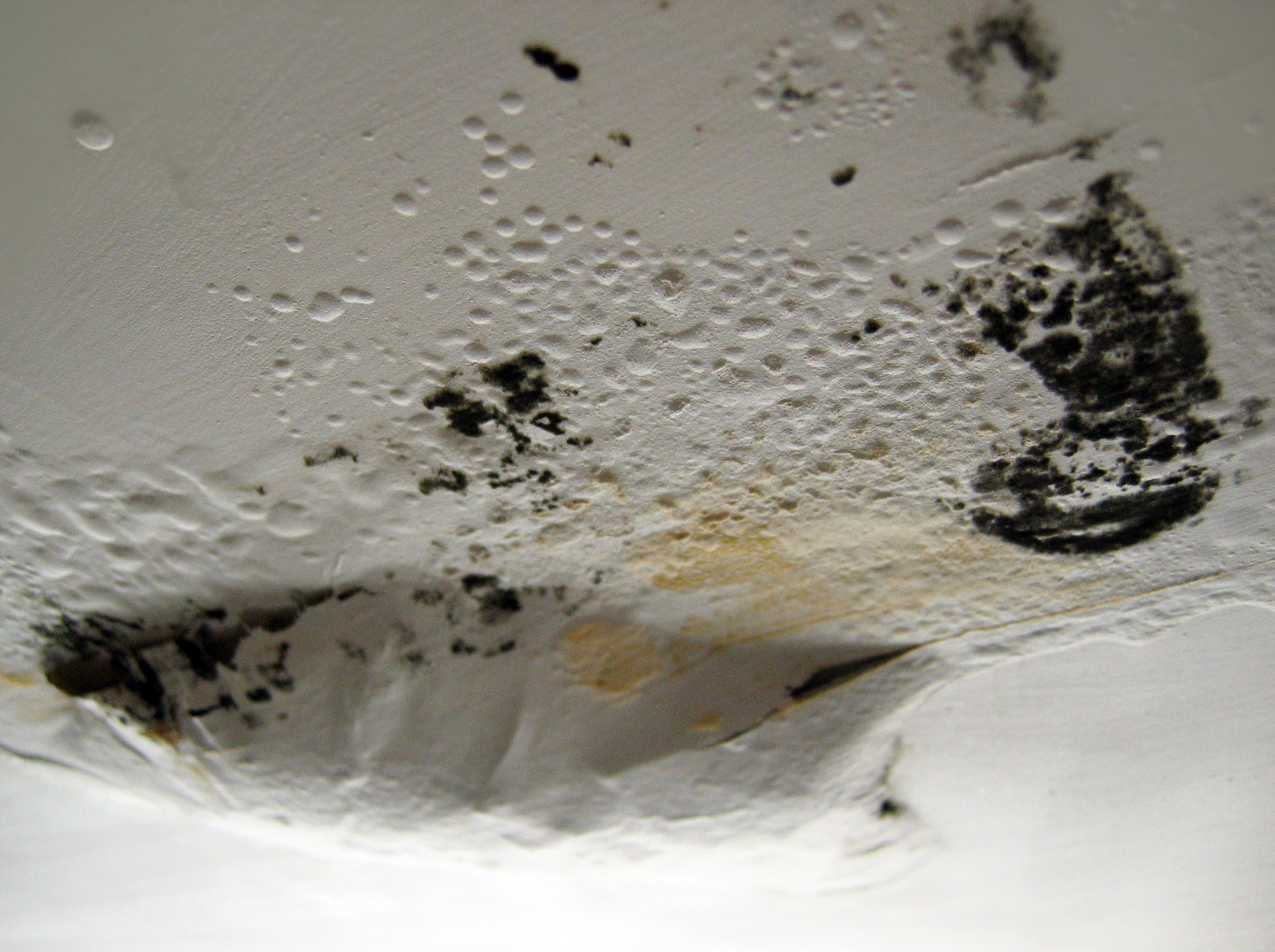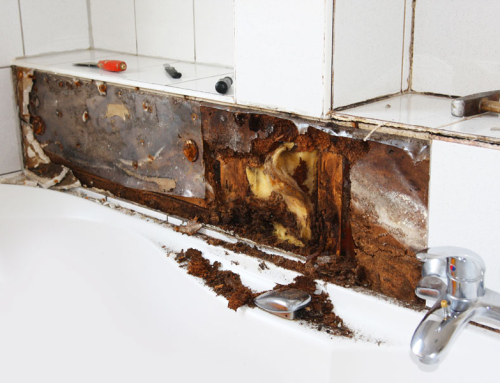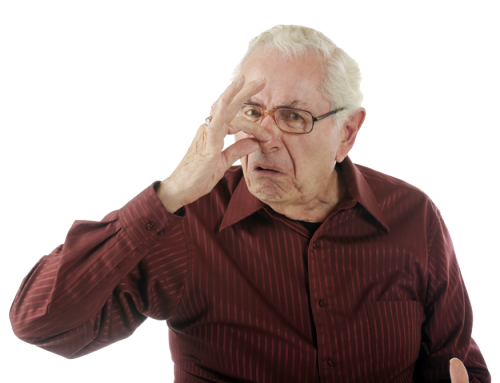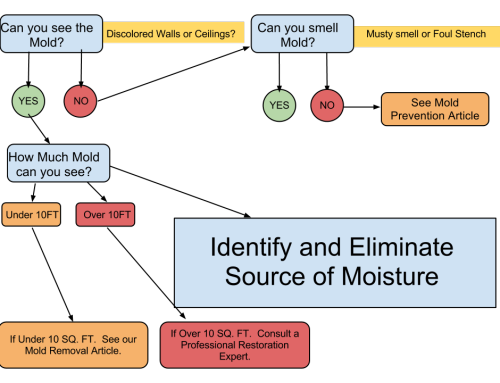Toxic black mold, also known as Stachybotrys chartarum, is one of the most infamous and dangerous molds that can grow in a home. It’s a blackened green shade, typically slimy, but it can appear dry or powdery, too. Many other molds look similar to toxic black mold. The only definitive way to identify Stachybotrys chartarum is to have an expert examine it under a microscope.
Toxic Black Mold Symptoms
Toxic black mold is bad for human health. Most symptoms are temporary but it can cause permanent damage and in some cases black mold has led to death. The longer a person is around toxic black mold, the more it can impair health. It is imperative to have toxic black mold removed as soon as it is discovered in a home or other environment.
The general list of symptoms from Toxic Black Mold are:
- Respiratory problems
- Skin inflammation
- Tiredness
- Nausea
- Irritation of the mucous membranes
- Mental impairment
- Immune system suppression
- Hemorrhage
- Damage to internal organs
Toxic Black Mold Health Treatment
Currently there is no health treatment for toxic black mold. The only solution for a person is to have the toxic black mold removed from the home or for a person to remove themselves from the environment. Once an individual is away from the toxins their body will recover and the symptoms will subside. However, if an individual was permanently damaged, they will not recover from that damage.
Where to find Toxic Black Mold in the Home
Toxic black mold thrives in warm conditions and can grow on most common indoor environments. It needs a lot of moisture to grow. You can find it where there is a hidden water leak, such as inside walls, ceilings or floors. It doesn’t grow easily compared to your common household molds. It needs to have a very wet environment for at least a week and up to twelve days. Once the toxic black mold is established it will kill off any other mold to become the only mold in the vicinity.
Toxic Black Mold Inspection
If you think you have toxic black mold in your home it is important to have your home inspected. If you are suffering toxic symptoms, you have had bad water damage, or you discover a toxic black mold colony in your home, you need to call an expert. When you have an inspection done it is important to diagnose the water problem that caused the black mold, as well as the mold.
A professional mold inspector will be able to use tools to diagnose where the mold is located in the home, as well as moisture levels, which can be clues to finding hidden leaks. Strange mold odors, water damaged walls, warped walls, and peeling paint are all indications of potential leaks.






